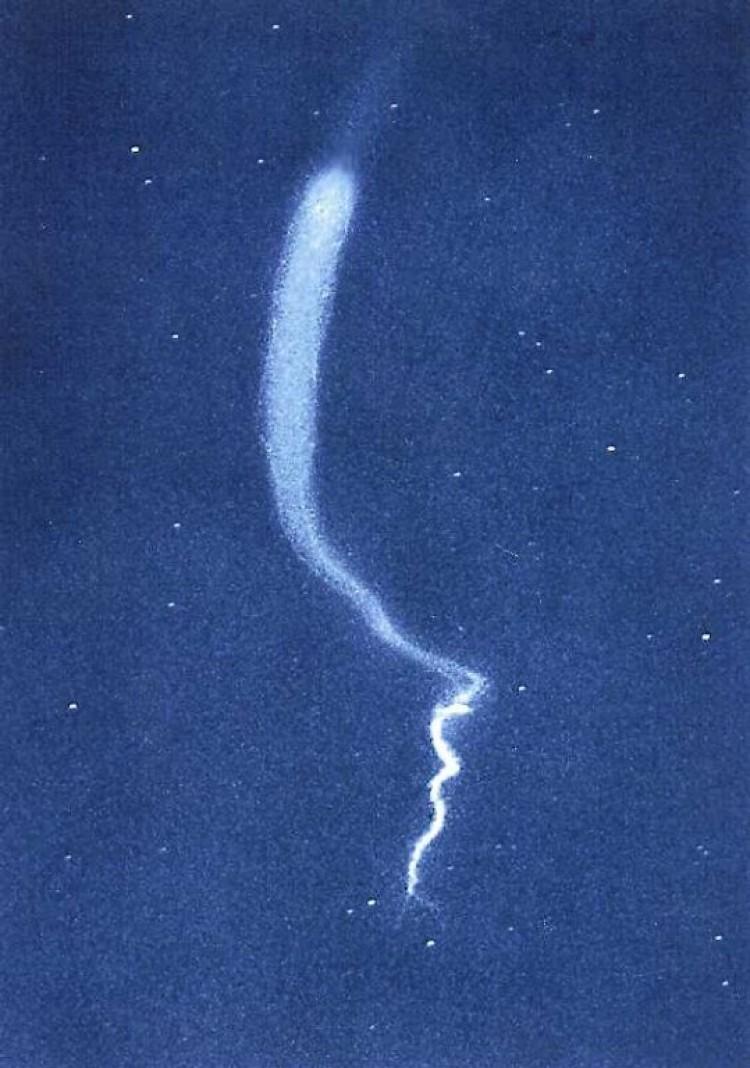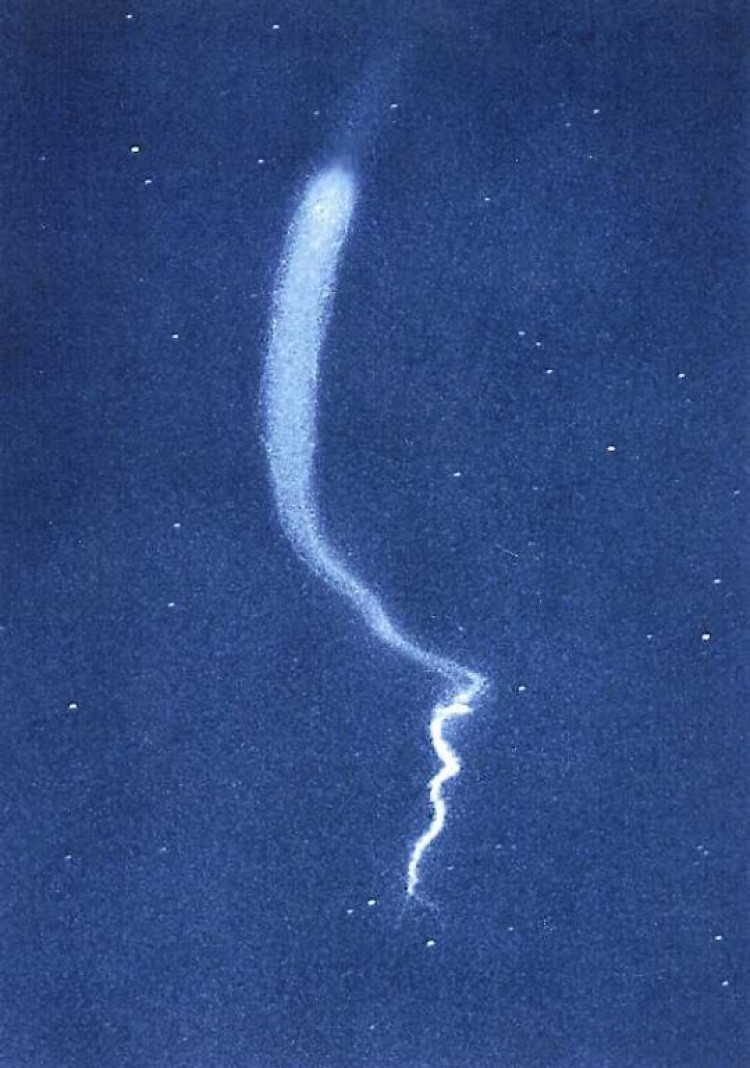NASA Scientists to Probe the Ionosphere
A NASA team will launch four rockets 100 miles into the Earth’s atmosphere this month to study charged particles and winds of neutral particles in the lower ionosphere, and determine the origins of the atmospheric dynamo.
|Updated:






